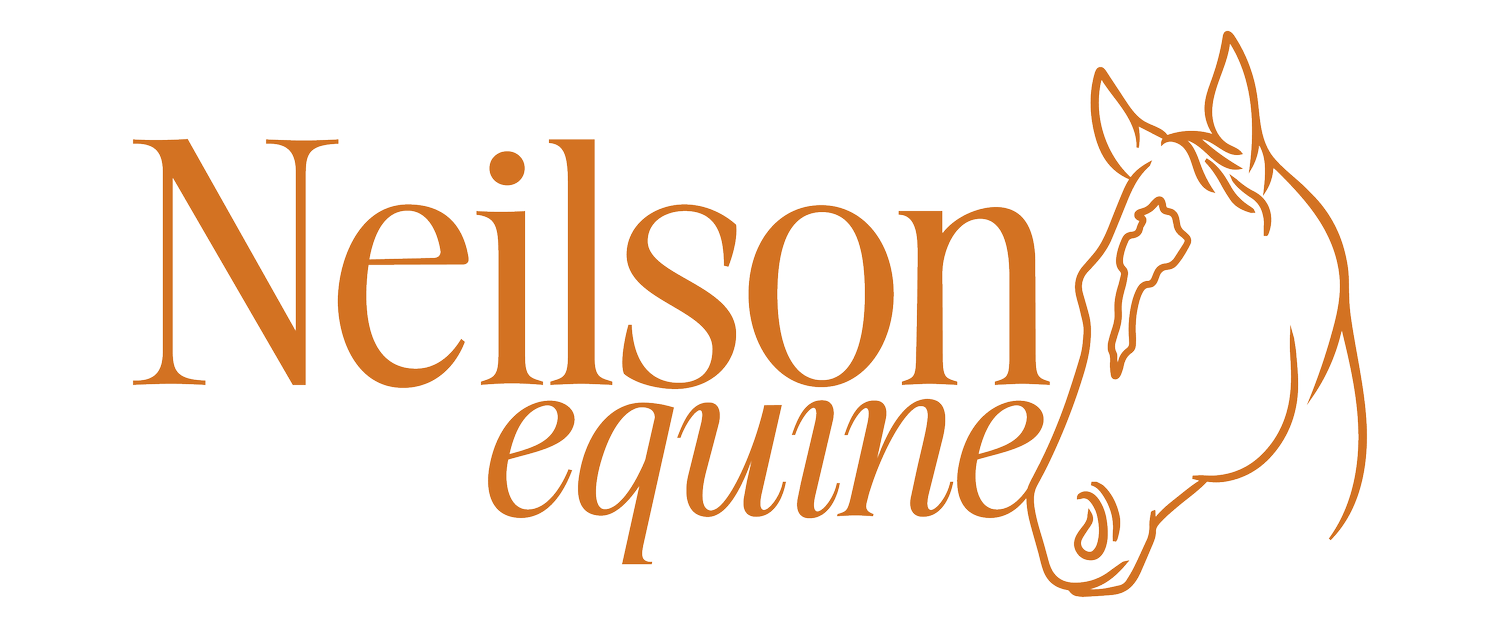Glossary
Operant Conditioning: Operant conditioning is a consequence-based learning process where voluntary behaviors are modified with the addition or removal of an appetitive or aversive stimulus.
Classical Conditioning: A learning process that happens without conscious thought. The learner experiences an automatic response to a specific stimulus. An example of this is Pavlov’s dogs salivating at the sounds of a bell. This is how we teach horses that the marker signal means a reward is coming.
Positive Reinforcement (R+): The addition of a desirable stimulus to increase a behavior. With horses this is typically a food reward or scratches (if the horse enjoys it).
Negative Reinforcement (R-): The removal of an aversive stimulus to increase the likelihood a behavior will be repeated. In horse training, this is often pressure and release.
Positive Punishment (P+): The addition of an aversive stimulus to extinguish a behavior or decrease the likelihood the behavior will be repeated. An example is hitting a horse that tries to bite.
Negative Punishment (P-): The removal of a desirable stimulus to decrease the likelihood the behavior will be repeated. An example would be if a horse is pushing you for treats, you step away and remove the stimulus until the horse is standing calmly.
Aversive Stimulus: Something that is unpleasant or undesirable, that in training, the horse wants to avoid.
Appetitive Stimulus: Something pleasant and desirable that the horse wants to seek out, often food.
Marker Signal: A distinct signal (often a sound) used to tell the learner that they have performed a correct behavior and a reward is coming. Using classical conditioning, the learner associates the marker signal with a reward.
Antecedent Arrangement: What comes before the behavior, setting up the environment to make desirable behaviors more likely. This can be the location or the tools we choose for training.
Successive Approximations (Shaping): Rewarding gradual steps towards the desired behavior. When teaching a horse to touch a target, this might look like rewarding the horse for looking at the target, then moving in the direction of the target, and eventually touching the target.
Target training: Touching for following a target. Horse trainers often use cones, or sticks with colored balls or other objects on the end, or even your hand. A target can be anything! Target training is a great tool to use for shaping behaviors.
Contra freeloading: An observed behavior where animals will often choose food that requires effort over food that requires little or no effort.
Cooperative Care: Training an animal to be a willing and active participant in their care. For example, a horse that will offer their head for something like medication or a fly mask without use of force or aversives.
